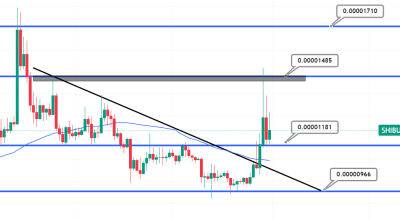Is payments giant SWIFT preparing for a blockchain-bound future?
SWIFT is a payments colossus. It operates across more than 200 countries, has 11,000-plus financial institution clients and transmits some 8.4 billion financial messages every year. It is the global leader in cross-border bank-to-bank payments and recently played a key role in the West’s economic sanctions on Russia.
That doesn’t mean the Belgium-based cooperative is immune to disruption tremors, however. Critics have long maintained the interbank messaging system, founded in the 1970s, is “old, inflexible, slow, and increasingly prone to cyberattacks.” In May, Mastercard CEO Michael Miebach cast doubt upon SWIFT’s ability to survive the next five years. Meanwhile, it continues to be menaced by a rising tide of blockchain-based payment networks on one side and an expected torrent of central bank digital currencies (CBDCs) on the other.
But, last week, in a sign that even entrenched legacy financial networks can (possibly) change their stripes, SWIFT confirmed a proof-of-concept project with blockchain oracle provider Chainlink. If all goes well, SWIFT’s bank users could easily access and transfer digital assets on multiple blockchain platforms. Days earlier, SWIFT also announced it was using fintech-firm Symbiont’s enterprise blockchain platform to improve its messaging for corporate events like dividend payments and mergers.
These developments raise an intriguing question: Rather than engaging in a zero-sum struggle to the death, are traditional finance (TradFi) and decentralized finance (DeFi) firms actually converging — i.e., moving toward a common middle ground that includes tokenized assets, DeFi, interoperability and, yes, regulation?
“All financial goods will move across blockchain networks in the future,” Matthew
Read more on cointelegraph.com

 cointelegraph.com
cointelegraph.com
















